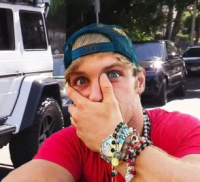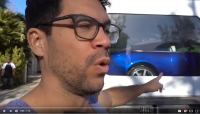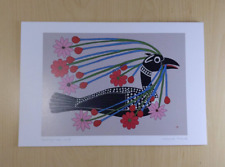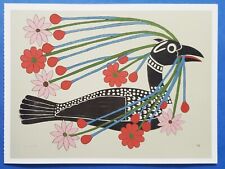 On eBay Now...
On eBay Now...COURTING LOON by Nunavut Inuit artist Kenojuak Ashevak - New 6\" x 9\" Art Card For Sale
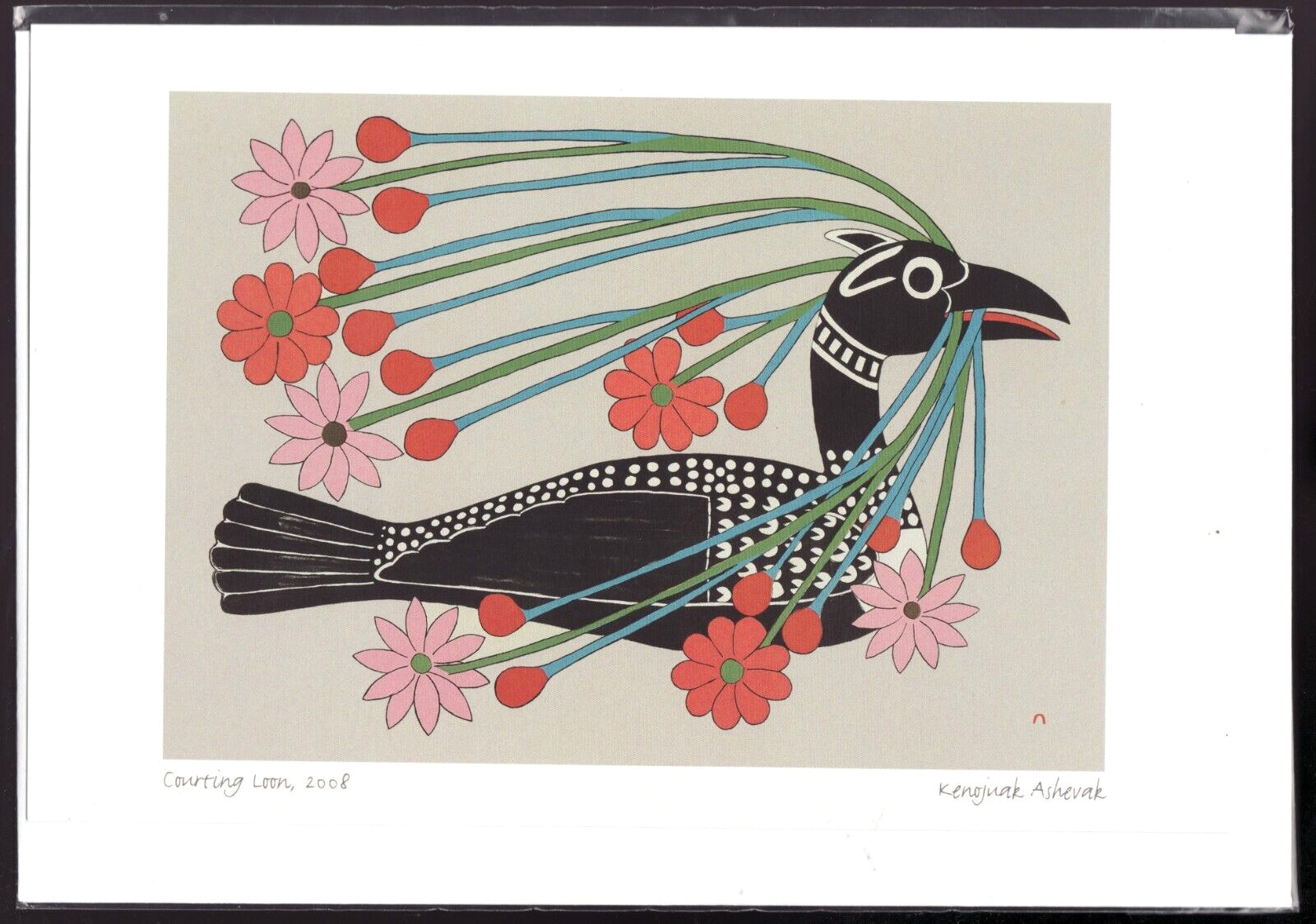
When you click on links to various merchants on this site and make a purchase, this can result in this site earning a commission. Affiliate programs and affiliations include, but are not limited to, the eBay Partner Network.
COURTING LOON by Nunavut Inuit artist Kenojuak Ashevak - New 6\" x 9\" Art Card:
$12.95
Kenojuak Ashevak (1927 - 2013) (Inuktitut: ᕿᓐᓄᐊᔪᐊᖅ ᐋᓯᕙᒃ, Qinnuajuaq Aasivak)
Ashevak was born in an igloo in an Inuit camp, Ikirasaq, at the southern coast of Baffin Island. Her father, Ushuakjuk, an Inuit hunter and fur trader, and her mother, Silaqqi, named Kenojuak after Silaqqi\'s deceased father. According to this Inuit naming tradition, the love and respect that had been accorded to her during her lifetime would now pass on to their daughter. Kenojuak also had a brother and a sister. Kenojuak remembered Ushuakjuk as \"a kind and benevolent man.\" Her father, a respected angakkuq (shaman), \"had more knowledge than average mortals, and he would help all the Inuit people .\" According to Kenojuak, her father believed he could predict weather, predict good hunting seasons and even turn into a walrus; he also had the ability \"to make fish swarm at the surface so it was easier to fish.\" Her father came into conflict with Christian converts, and some enemies assassinated him in a hunting camp in 1933, when she was only six. After her father\'s murder, Kenojuak moved with her widowed mother Silaqqi and family to the home of Silaqqi\'s mother, Koweesa, who taught her traditional crafts, including the repair of seal skins for trade with the Hudson\'s Bay Company and how to make waterproof clothes sewn with caribou sinew. When she was 19, her mother, Silaqqi, and stepfather, Takpaugni, arranged for her to marry Johnniebo Ashevak (1923–1972), a local Inuit hunter. Kenojuak was reluctant, she said, even playfully throwing pebbles at him when he would approach her. In time, however, she came to love him for his kindness and gentleness, a man who developed artistic talents in his own right and who sometimes collaborated with her on projects; the National Gallery of Canada holds two of Johnniebo\'s works, Taleelayo with Sea Bird (1965) and Hare Spirits (1960). In 1950 a public health nurse arrived in her Arctic village; Kenojuak, having tested positive in a tuberculosis screening, was sent against her will to Parc Savard hospital in Quebec City, where she stayed for over three years, from early 1952 to the summer of 1955. She had just given birth when she was forcibly transferred; the baby was adopted by a neighboring family. Several of Kenojuak\'s children died while she was confined in hospital. In 1966, Kenojuak and Johnniebo moved to Cape Dorset. Many of their children and grandchildren succumbed to disease, as did her husband after 26 years of marriage. Three daughters of Kenojuak, Mary, Elisapee Qiqituk, and Aggeok, died in childhood, and four sons, Jamasie, her adopted son Ashevak, and Kadlarjuk and Qiqituk. The latter two were adopted at birth by another family. The year after Johnniebo died in 1972, Kenojuak remarried, to Etyguyakjua Pee; he died in 1977. In 1978 she married Joanassie Igiu. She had 11 children by her first husband and adopted five more; seven of her children died in childhood. At the time of her death from lung cancer, she was living in a wood-frame house in Kinngait (Cape Dorset). Kenojuak Ashevak became one of the first Inuit women in Cape Dorset to begin drawing. She worked in graphite, colored pencils and felt-tip pens, and occasionally used poster paints, watercolors or acrylics. She created many carvings from soapstone and thousands of drawings, etchings, stonecut prints and prints — all sought after by museums and collectors. She designed several drawings for Canadian stamps and coins, and in 2004 she created the first Inuit-designed stained-glass window for the John Bell Chapel in Oakville, Ontario. In 2017, the $10 bill released in celebration of Canada\'s 150th birthday features Kenojuak\'s stone-cut and stencil printed work called \"Owl’s Bouquet\" in silver holographic foil. Ashevak\'s stay at Parc Savard hospital in Quebec City, 1952 to 1955, she learned to make dolls from Harold Pfeiffer and to do bead work. These crafts later attracted the attention of civil administrator and pioneer Inuit art promoter James Archibald Houston and his wife Alma. Houston introduced print-making to Cape Dorset artists in the 1950s, and he and his wife began marketing Inuit arts and crafts, including an exhibit of Inuit art in 1959. James Houston wrote about this time in 1999: She was hesitant at first, claiming that she could not draw and that drawing was a man’s business. Yet the next time that she visited the Houstons, the sheets of paper that Alma had given her were filled with pencil sketches. In 1958 her first print, Rabbit Eating Seaweed, was produced from one of her designs on a sealskin bag, and by 1959 Kenojuak and other Cape Dorset Inuit had formed the West Baffin Eskimo Co-operative as a senlavik (workshop) for aspiring Inuit artists, later known as Kinngait Studios. Fellow members included Pitaloosie Saila, Mayoreak Ashoona, and Napatchie Pootagook. Rabbit Eating Seaweed was Ashevak\'s first print, part of a debut exhibition of Inuit graphics. The young woman from the remote Canadian North was an immediate success, said Christine Lalonde, an expert in Inuit art with the National Gallery of Canada. \'She had her own sense of design... She was already willing to let the pencil go, because she had the hand and the eye co-ordination to make the image she already had in her head.\' The National Gallery owns several copies of The Enchanted Owl, including the original pencil sketch from 1960. That sketch reveals much, said Lalonde. \'It\'s a very simple drawing — pencil on pulp paper. But you can see even then how confident and sure her line was as she was making the curves of the fanning feathers. In 1963 she was the subject of a National Film Board documentary by producer John Feeney, Eskimo Artist: Kenojuak, about Kenojuak, then 35, and her family, as well as traditional Inuit life on Baffin Island. The film showed a stonecutter carving her design into a relief block in stone, cutting away all the non-printing surfaces; she would then apply ink to the carved stone, usually in two or more colours, and carefully make 50 \"shadow\" prints for sale. With the money she earned from the film, Johnniebo was able to purchase his own canoe and become an independent hunter to help provide for the family, which now included a new daughter, Aggeo, and an adopted son, Ashevak. National Gallery of Canada art expert Christine Lalonde marvelled at her confident artistry: \"When you see her, you realize she doesn\'t use an eraser. She just sits down and she starts to draw.\" Ashevak created several pieces of work to commemorate the creation of Nunavut, the third Canadian Territory, including a piece commissioned by the Department of Indian and Northern Affairs, Nunavut Qajanatuk (Our Beautiful Land) for the signing of the Inuit Land Claim Agreement in Principle in April 1990; Nunavut, a large hand-colored lithograph to commemorate the signing of the Final Agreement early in 1994; a large diptych titled Siilavut, Nunavut (Our Environment, Our Land) in April 1999, when the Territory officially came into being. The work of Ashevak Kenojuak can be found in the collections of Canada\'s National Gallery,the Art Gallery of Ontario, and the Burnaby Art Gallery. Kenojuak became the first Inuit artist inducted into Canada\'s Walk of Fame in 2001, and traveled to Toronto with her daughter, Silaqi, to attend the ceremony. Up until her death, Kenojuak contributed annually to the Cape Dorset Annual Print Release and continued to create new works. She was one of the last living artists from the West Baffin Eskimo Cooperative.
- In 1967, she was made an Officer of the Order of Canada and was promoted to Companion in 1982.
- In 1970, Canada Post placed her 1960 print Enchanted Owl on a stamp to commemorate the centennial of the Northwest Territories.
- In 1974, she was elected a member of the Royal Canadian Academy of Arts.
- In 1980, Canada Post used her 1961 print Return of the Sun on a seventeen-cent stamp as part of its Inuit postage stamp series.
- In 1982, she was appointed a Companion of the Order of Canada.
- In 1991, she received an honorary doctorate from Queen\'s University.
- In 1992, she was awarded an honorary doctorate from the University of Toronto.
- In 1993, Canada Post featured 1969 drawing The Owl on a stamp for its Masterpieces of Canadian Art series.
COURTING LOON by Nunavut Inuit artist Kenojuak Ashevak - New 6" x 9" Art Card
$12.95
Courting Loon Kenojuak Ashevak Art Card Inuit Native
$11.95
Postcard Courting Loon Inuit Art 6.5"x4.75" Kenojuak Ashevak
$8.99

